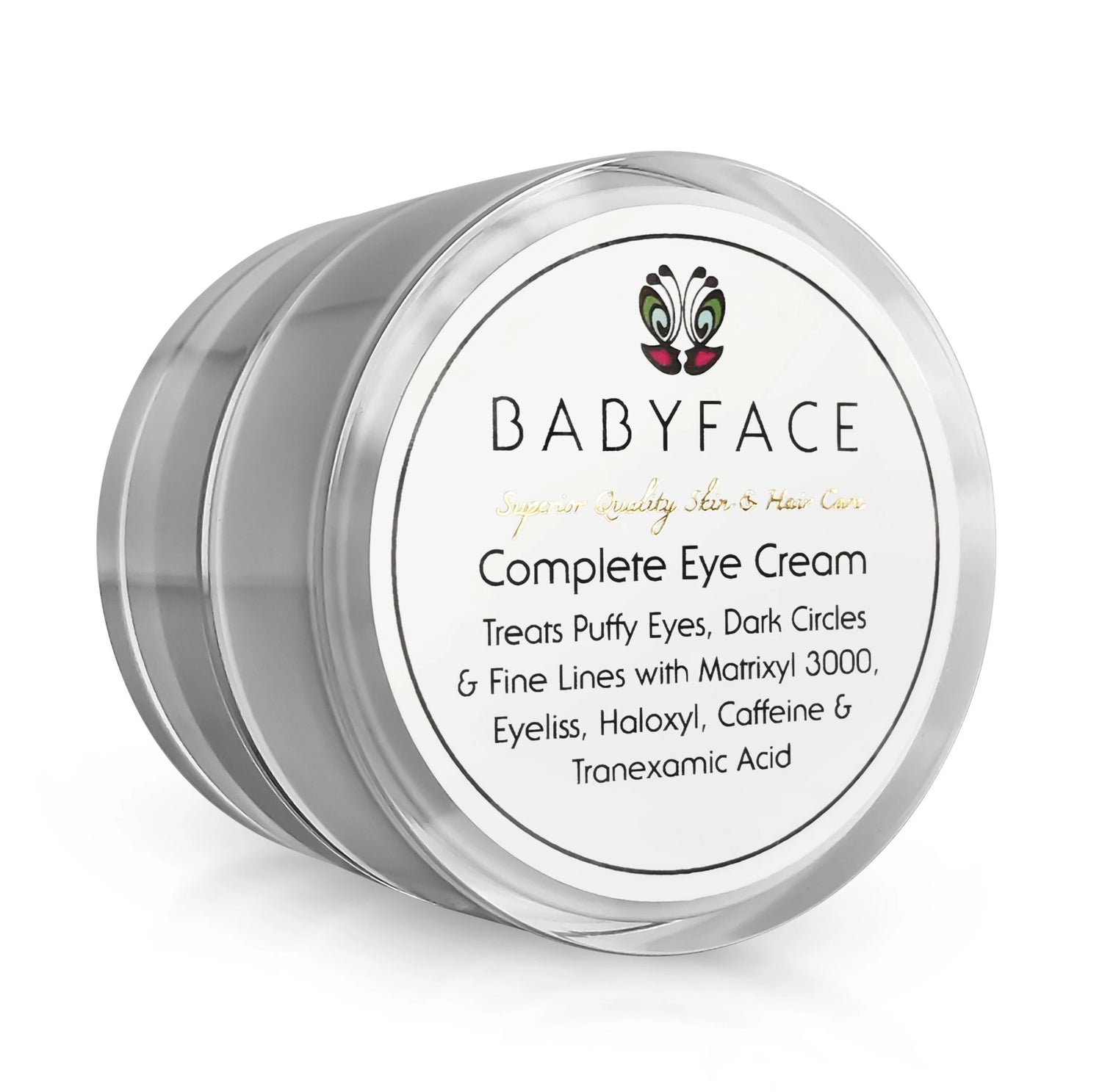Why Your Sugar Addiction Is Giving You Wrinkles
Giorgia G.Share

Studies have now proven that sugar causes wrinkles. Think that slice of cake will only make you put on weight? Think again. It'll also give you wrinkles.
And unlike the extra pounds the sugar also can give you, you can't sweat the wrinkles off in the gym. The sweet truth is that sugar is one of your skin's deadly enemies. While there's nothing wrong with indulging in a little sugary treat every now and then, too much sugar triggers a process called glycation. It sounds like a bad word because it is. Glycation makes you age. Fast.
Don't think you're off the hook because you don't have a sweet tooth. Sugar is everywhere these days. Meat. Processed foods. Smoothies. Savoury things are loaded with it. Pasta, bread and rice are just as bad. Carbs and starch all turn to sugar into the bloodstream. Then, this happens:
What Is Glycation?
Whenever you have something to eat, your body breaks down carbohydrates into sugar, like glucose and fructose. That's because sugar is its fave source of energy. As long as there's sugar in your bloodstream, your body will use it to fuel its every process.
The problem starts when your body gets too much sugar. In this scenario, the sugar reacts with fats and proteins in an abnormal way, producing harmful molecules called “advanced glycation endproducts” (or AGEs – their name says it all, doesn't it?). That's glycation.
How Does Glycation Damage Skin?
Glycation does several bad things to your skin:
- It destroys collagen and elastin
Remember that sugar reacts with proteins in dangerous ways? Collagen and elastin, the two substances that keep your skin firm and elastic, are proteins. When sugar attaches to them, the AGEs it produces form “crosslinks” between proteins, changing their structure and function. When this happens, the usually flexible collagen becomes harder and harder. That's when skin starts to sag and wrinkle.
- It causes dark spots
Once your collagen and elastin fibers get all cross-linked and damaged, your body can't break them down and get rid of them properly anymore. Instead, they accumulate inside your cells. There, they create a pigment called lipofuscin, which shows up on your skin as unsightly brown spots.
- It triggers inflammation
Inflammation is your body's way of healing itself. The whole process usually takes a few days, which is totally cool. But, sometimes, your body doesn't believe the threat is over. So, it keeps up the inflammation to deal with the enemy. That's when inflammation becomes chronic.
Chronic inflammation generates free radicals, those nasty molecules that cause premature wrinkles, dark spots and pretty much any degenerative disease you can think of, including cancer, dementia and diabetes. And guess what your body considers a threat always to be on the alert for? Too. Much. Sugar.
Sugar Isn't The Only Culprit
Sugar alone is enough to cause all this damage. But glycation gets a lot worse when you add UV rays to the mix. UV rays are the number one cause of aging and that's partly because it speeds up glycation. Plus, glycation picks up speed as you age. It already starts to increase on its own after you turn 35!
You may not be able to do much about that, but you can stop most of glycation in its tracks. You just need to feed your body the right way. We'll teach you how in the second part of this series about sugar and premature aging. Stay tuned!
